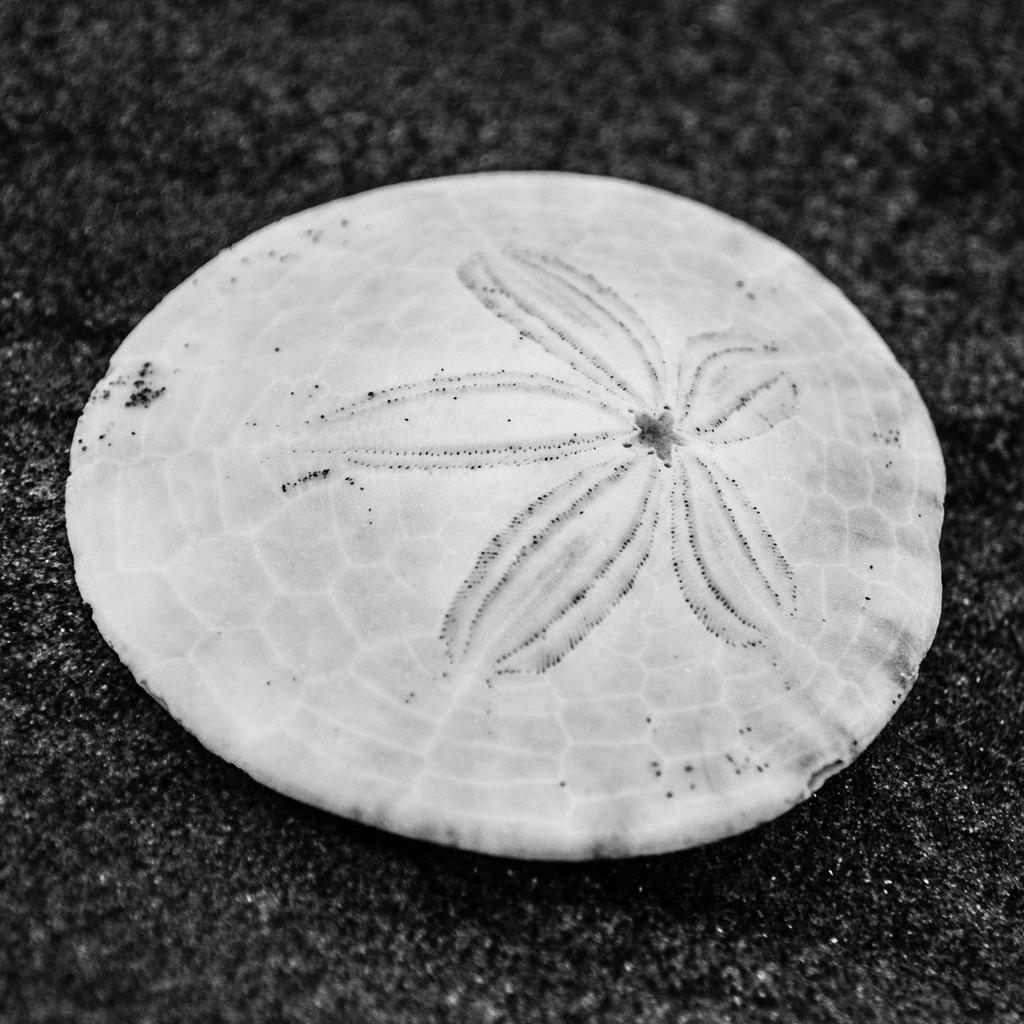Sand Dollars are found in the shallow ocean waters of the Atlantic, Pacific, and Caribbean oceans. They can often be spotted, half-buried in the sand, at low tide. They're 2-4 in across, round and flat like a coin with short, furry spines. Sand dollars are yellow, blue, or purple when they're alive, but their rigid external skeleton fades to white and they lose their spines when they die.
Sand Dollars use their short, furry spines to burrow into the sand or move slowly across it. A pattern resembling 5 petals can be seen on their top surface. Each petal is attached to tube feet that are used to breathe. They feed on small food particles in the sand, using their tube feet to transfer particles from the spines to the mouth.
Sand Dollars are closely related to Sea Stars and Sea Urchins that also have radially symmetrical bodies.
Did you know? Small young Sand Dollars often bunch together for protection. They can halve their size by cloning themselves, becoming harder to spot when threatened.
See Also: Barnacle, Blue Mussel, Clam, Crab, Harbor Seal, River Otter, Sea Anemone, Sea Jelly, Sea Lion, Sea Otter, Sea Star, Sea Urchin






